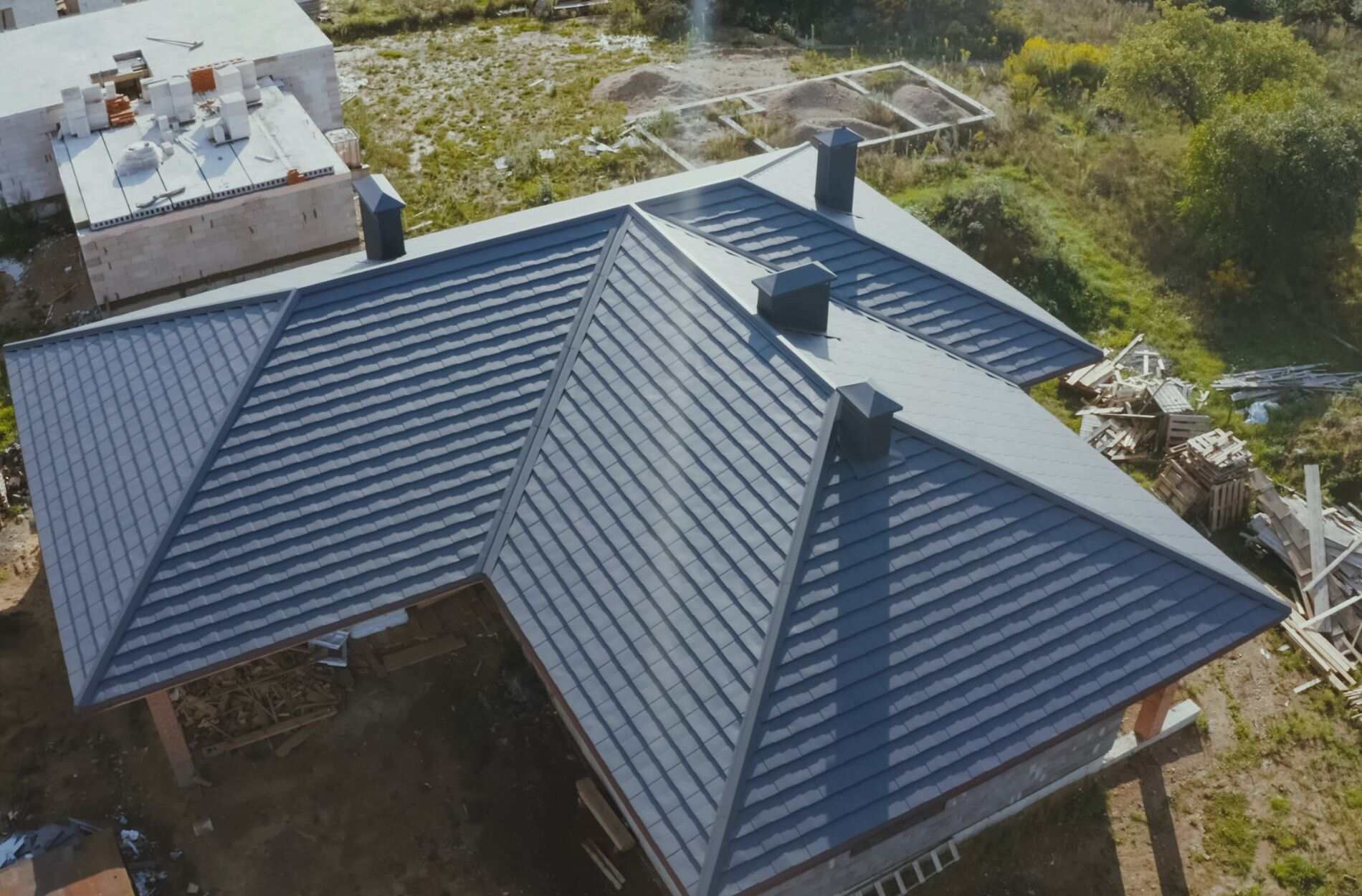When it comes to protecting your home from the harsh elements, having a wind-resistant roof is essential. High winds can cause significant damage to your roof, leading to costly repairs and potential safety hazards. Choosing the right roofing materials and installation techniques can make all the difference in ensuring your roof stands up to strong winds and severe weather conditions.
Several roofing materials offer superior wind resistance and are designed to handle the stress of high-speed winds. These materials not only protect your home but also provide peace of mind during storms. Understanding the features and benefits of each material can help you make an informed decision that best suits your needs and your home’s architectural style.
Selecting a wind-resistant roof involves more than just choosing the right materials. Proper installation is crucial to maximizing wind resistance and ensuring longevity. By focusing on quality materials and expert installation practices, you can ensure your roof remains intact and functional, even in the most challenging weather conditions. Let’s explore some of the best wind-resistant roofing options and what makes them effective in protecting your home.
Understanding Wind-Resistant Roofing Materials
Choosing the right roofing material is essential for protecting your home from high winds. Several materials are specially designed to offer superior wind resistance, making them ideal for areas prone to storms and hurricanes. Metal roofing is one of the best options due to its durability and ability to withstand high wind speeds. Metal panels are often interlocked and securely fastened, reducing the risk of being lifted by strong gusts.
Asphalt shingles are another popular choice for wind-resistant roofs. High-quality asphalt shingles can be rated to withstand winds up to 130 mph or more. Their flexibility and strong adhesive strips make them less likely to detach during a storm. Clay tiles are also a robust option; these heavy tiles are typically more wind-resistant than lighter materials. They add an extra layer of protection by staying in place even when subjected to significant wind pressure. All these materials have pros and cons, so it’s essential to choose one that fits your specific needs and local weather conditions.
Top Features of Wind-Resistant Roofs
When selecting a wind-resistant roof, there are several key features to consider to ensure maximum protection:
- High Wind Ratings: Look for materials with high wind ratings. These ratings indicate the maximum wind speed the roofing material can withstand without sustaining damage.
- Specialized Fasteners: Use specialized fasteners designed to secure roofing materials firmly. These fasteners are often more robust and durable than standard nails or screws, providing extra holding power during strong winds.
- Interlocking Design: Opt for roofing materials that feature an interlocking design. Interlocking systems reduce the risk of individual pieces getting lifted off the roof, enhancing overall stability.
- Sealant Strips: Ensure the roofing materials have strong sealant strips. These help to keep the shingles or tiles adhered to the roof deck, preventing them from being blown away.
- Heavy Materials: Consider heavier materials such as clay tiles or slate. The added weight can provide additional resistance against being uplifted by strong winds.
By prioritizing these features, you can significantly enhance the wind resistance of your roof. Understanding and incorporating these elements into your roofing choice can offer peace of mind and ensure your home remains secure during severe weather conditions.
Comparing the Durability of Different Roofing Materials
When it comes to choosing the best wind-resistant roofing material, understanding the durability and characteristics of each option is crucial. Metal roofing stands out for its excellent durability and wind resistance. It can withstand extreme weather conditions, including high winds and heavy rains, without rusting or deteriorating. However, it can be more expensive than other options and may require a professional installation to ensure optimal performance.
Asphalt shingles, particularly those rated for high winds, are another strong contender. They offer a balance of cost-effectiveness and durability, making them a popular choice for many homeowners. Despite their lower initial cost, high-quality asphalt shingles can compete with more expensive materials in terms of wind resistance and lifespan. On the downside, lower-grade asphalt shingles may not offer the same level of protection and can be susceptible to damage over time.
Clay tiles are known for their longevity and resilience against high winds. These heavy tiles stay securely in place and provide a classic aesthetic appeal. One of their few drawbacks is their weight, which may require additional structural support for your roof. Moreover, they are brittle and can crack under heavy impacts, so they might not be the best choice in areas prone to hailstorms.
Professional Tips for Installing Wind-Resistant Roofs
Proper installation is as crucial as choosing the right materials when it comes to wind-resistant roofs. Here are some important tips to ensure your roof can withstand high winds:
- Choose the Right Materials: Selecting materials with high wind ratings and checking for quality standards is essential. Make sure to pick the best option that fits your budget and meets your area’s climate requirements.
- Use Correct Installation Techniques: Ensuring the materials are installed correctly can make a significant difference in how well your roof performs. Follow the manufacturer’s guidelines, especially regarding fasteners and sealants, to secure the materials properly.
- Focus on Reinforced Areas: Pay extra attention to the roof’s edges, corners, and ridges, as these areas are more susceptible to wind damage. Using specialized fasteners and additional layers of protection like underlayment can help fortify these vulnerable areas.
- Opt for Professional Installation: Hiring experienced professionals for your roofing project can increase the likelihood of a flawless installation. Professionals bring the expertise needed to handle complex roofing systems and ensure everything is securely fastened and sealed.
- Regular Inspections and Maintenance: After installation, regular inspections and maintenance are vital to keep your roof in top condition. Check for any loose shingles, cracked tiles, or other signs of wear and tear, and address these issues promptly.
By following these professional tips, you can maximize the wind resistance of your roof, offering better protection for your home and enhancing the longevity of your roofing system.
Conclusion
Understanding and implementing wind-resistant roofing solutions is essential for safeguarding your home against harsh weather conditions. By carefully selecting durable materials like metal, high-quality asphalt shingles, or clay tiles, and ensuring proper installation, you can significantly enhance your roof’s ability to withstand strong winds. Paying attention to key features such as high wind ratings, specialized fasteners, and interlocking designs further strengthens your roof’s resilience.
Regular inspections and maintenance play a crucial role in keeping your roof in excellent condition, helping you avoid costly repairs down the line. By being proactive and taking the necessary steps to maintain and fortify your roof, you can ensure peace of mind for years to come.
At Mega Pro, we are committed to providing top-notch roofing solutions tailored to your needs. If you’re ready to upgrade to a wind-resistant roof or need expert advice, don’t hesitate to contact us. Secure your home and protect your investment with our professional roofing services. Call Mega Pro today!


